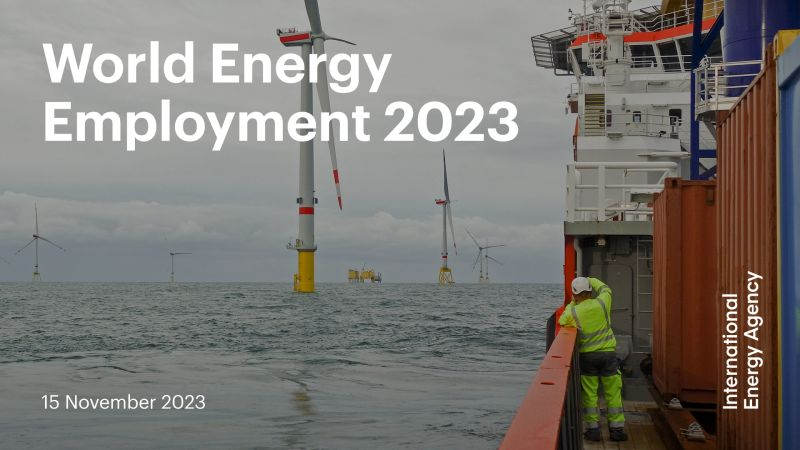Free Courses Sale ends Soon, Get It Now


Free Courses Sale ends Soon, Get It Now



Copyright infringement not intended
Picture Courtesy: www.linkedin.com
Context: The World Energy Employment 2023 report sheds light on crucial developments in the global energy sector, particularly in the context of the COVID-19 pandemic.
Key Highlights of the Report
Overall Employment Trends
Regional Variations
Resilient Sectors
Policy Recommendations
Implications for the Transition to Clean Energy
Global Cooperation and Social Welfare
Conclusion
Must Read Articles:
International Energy Agency: https://www.iasgyan.in/daily-current-affairs/international-energy-agency-28
IEA Summit On Clean Energy Minerals: https://www.iasgyan.in/daily-current-affairs/iea-summit-on-clean-energy-minerals
|
PRACTICE QUESTION Q. What role does the International Energy Agency (IEA) play in global energy governance, and how does it contribute to addressing challenges such as energy security, sustainability, and the transition to clean and renewable energy sources? |
© 2024 iasgyan. All right reserved